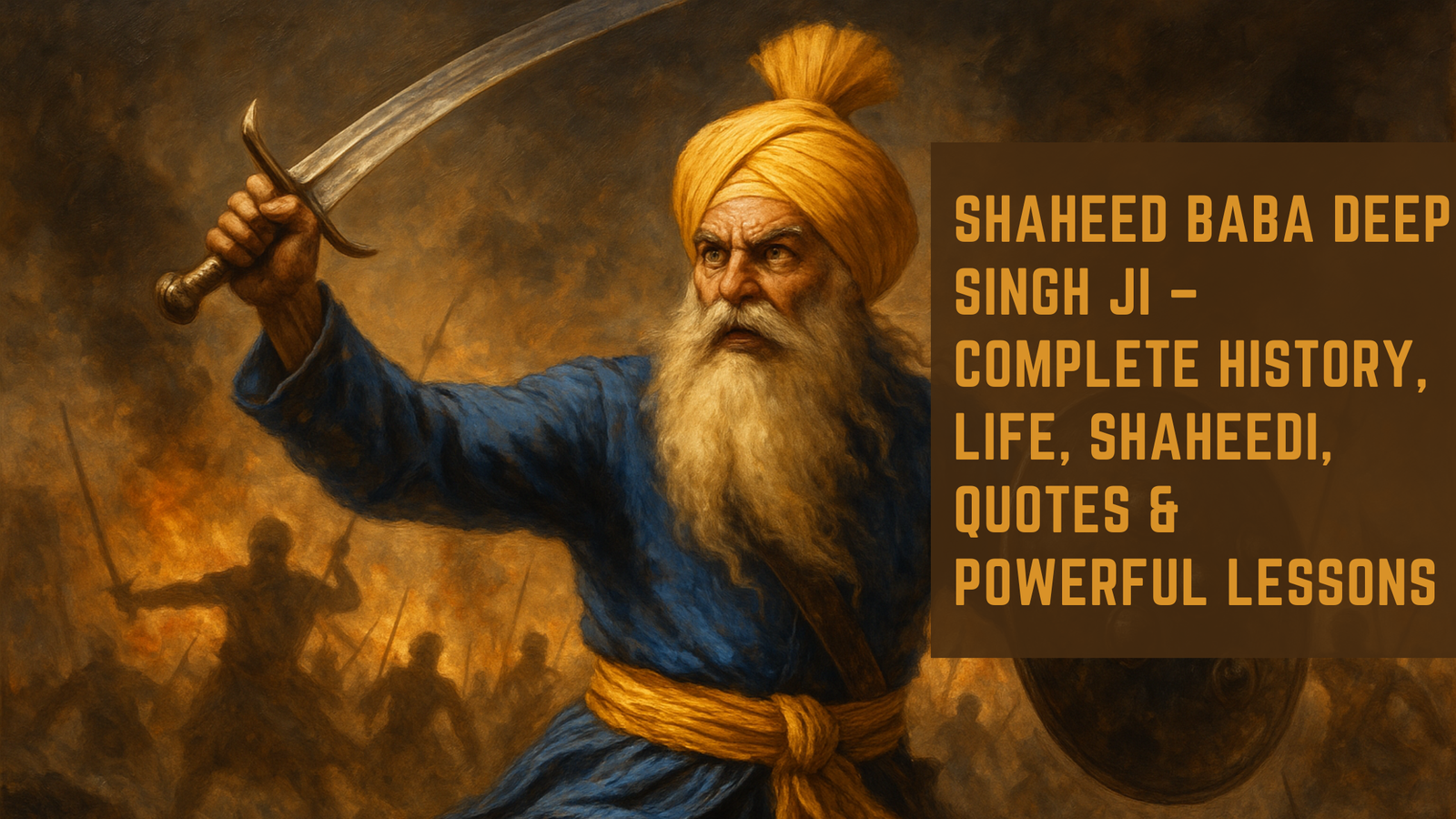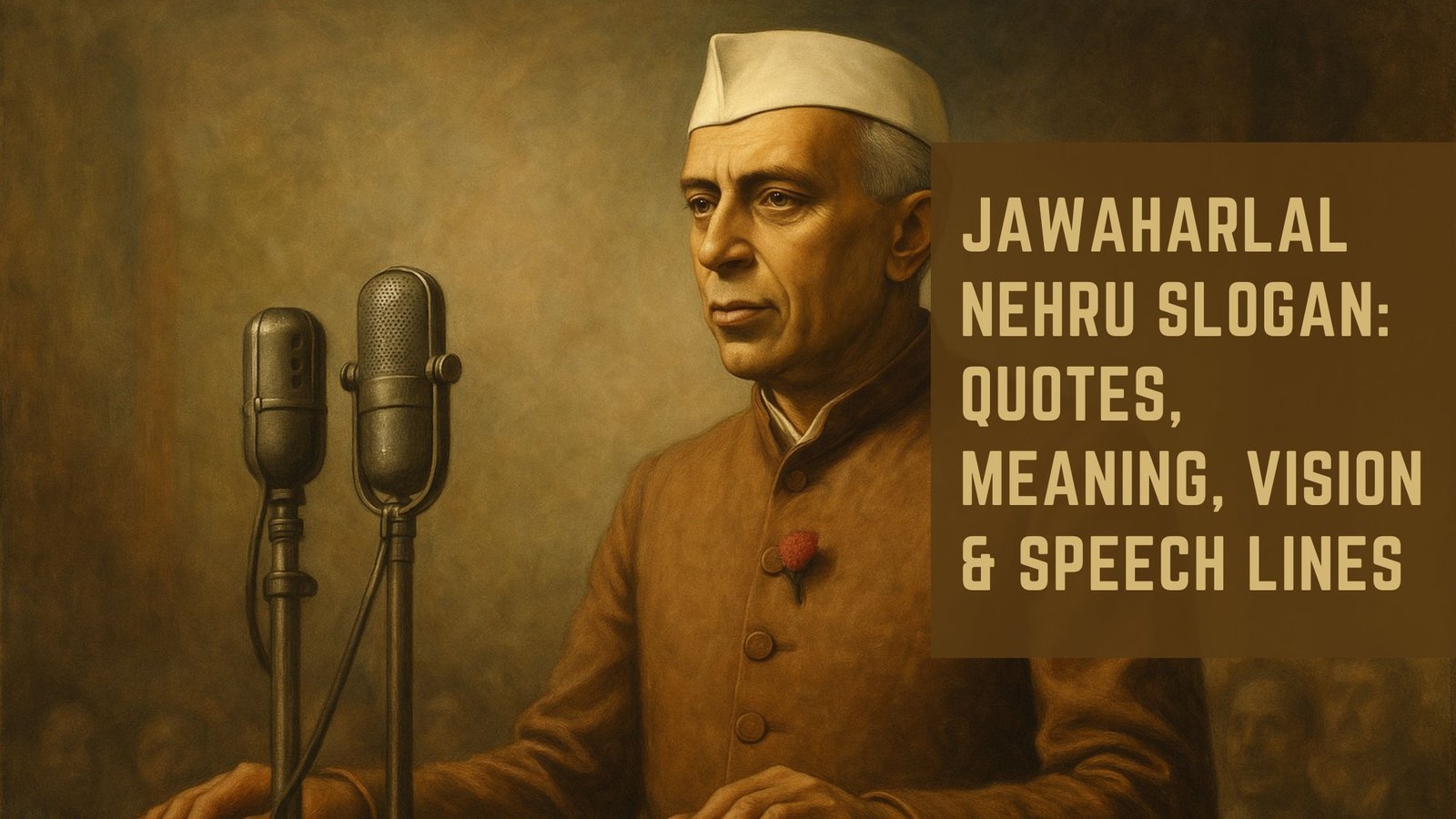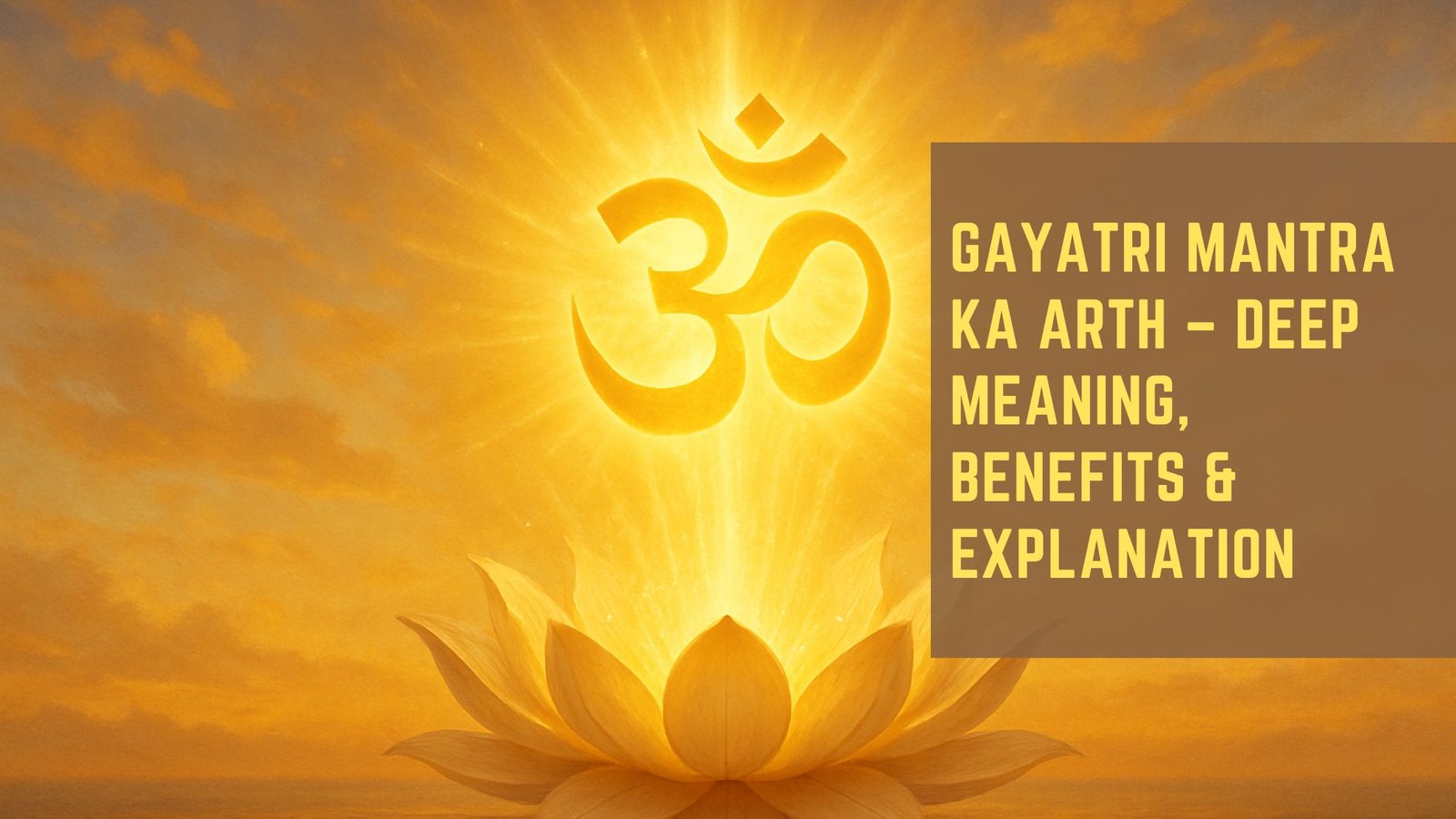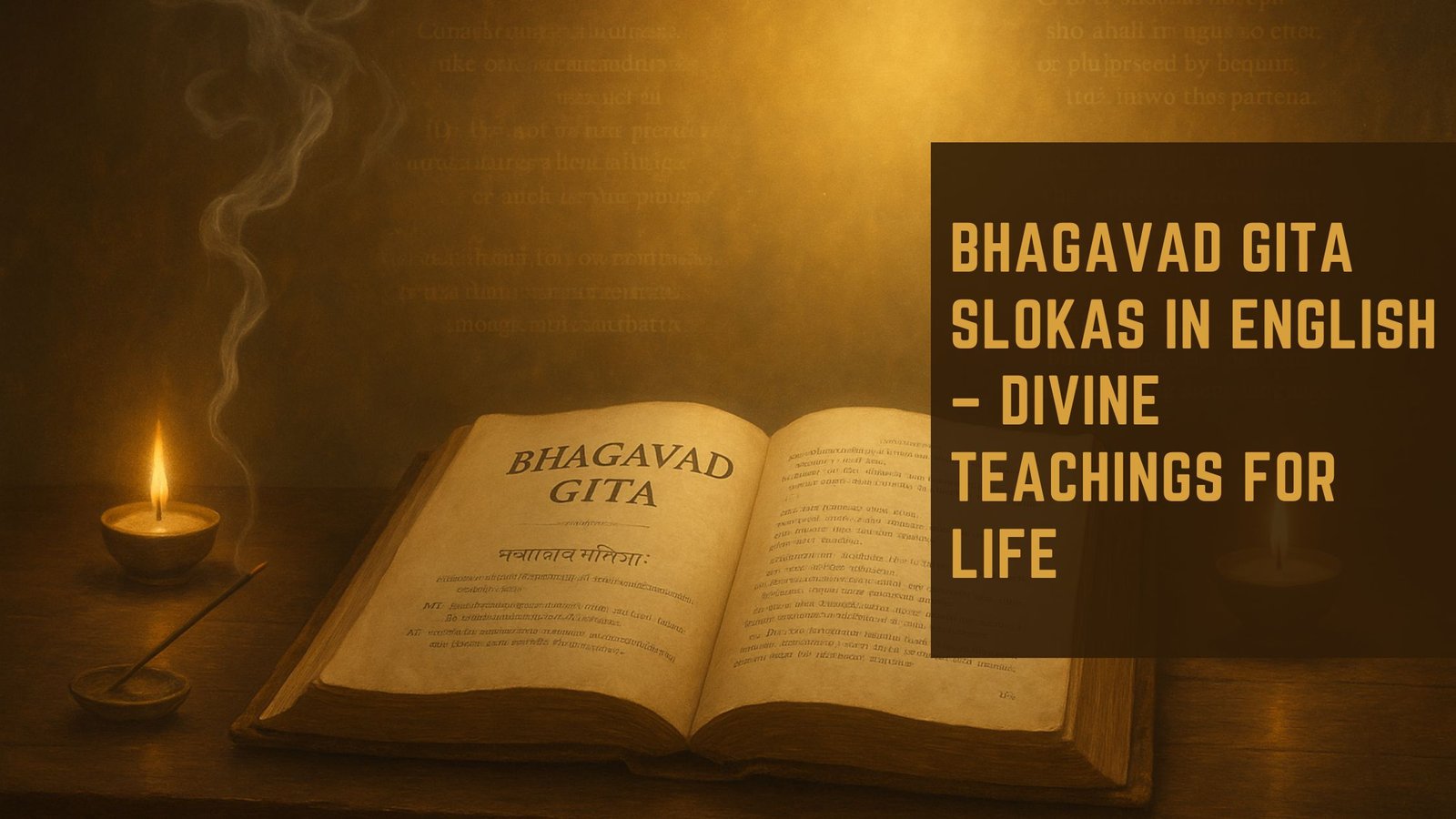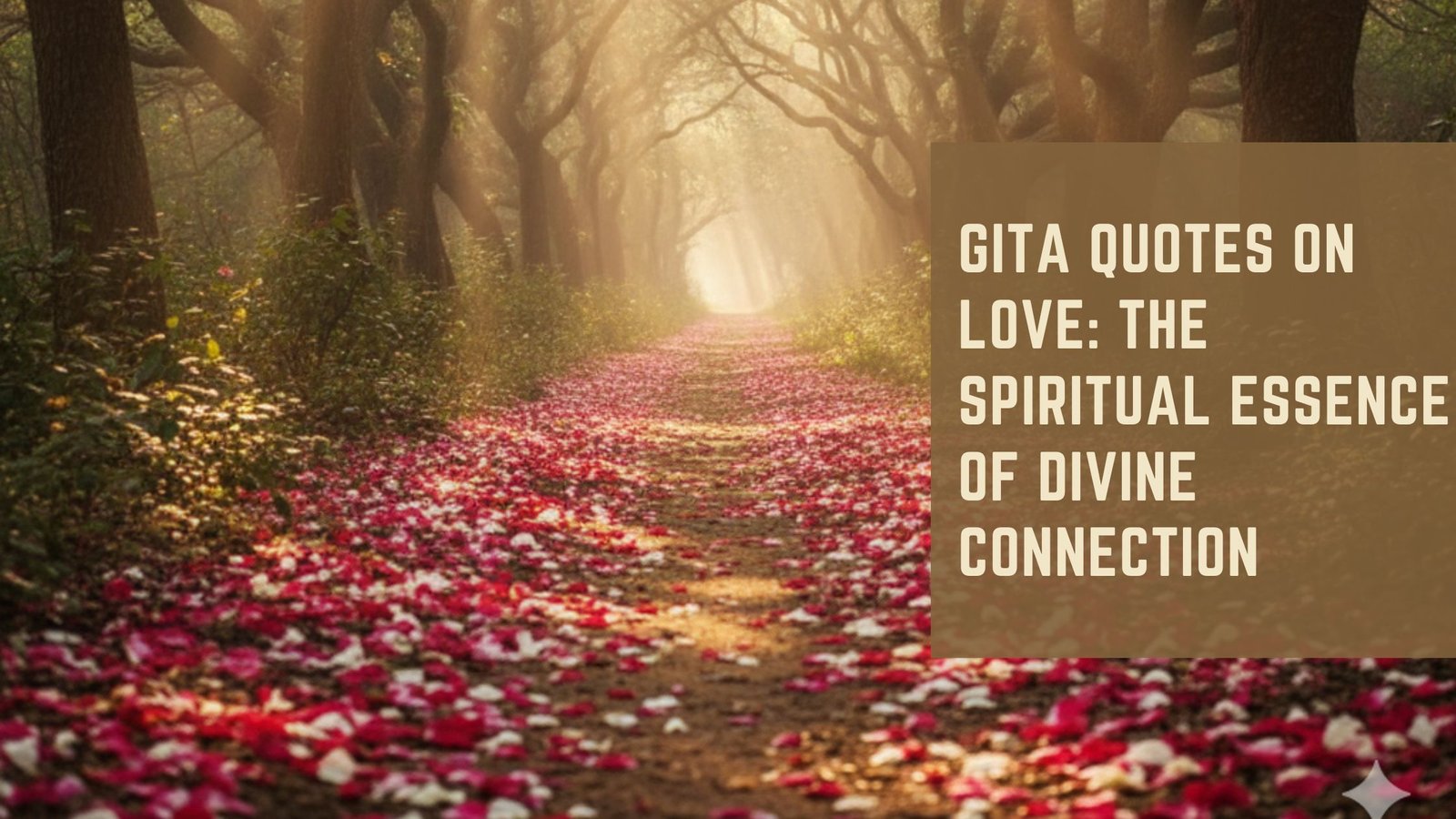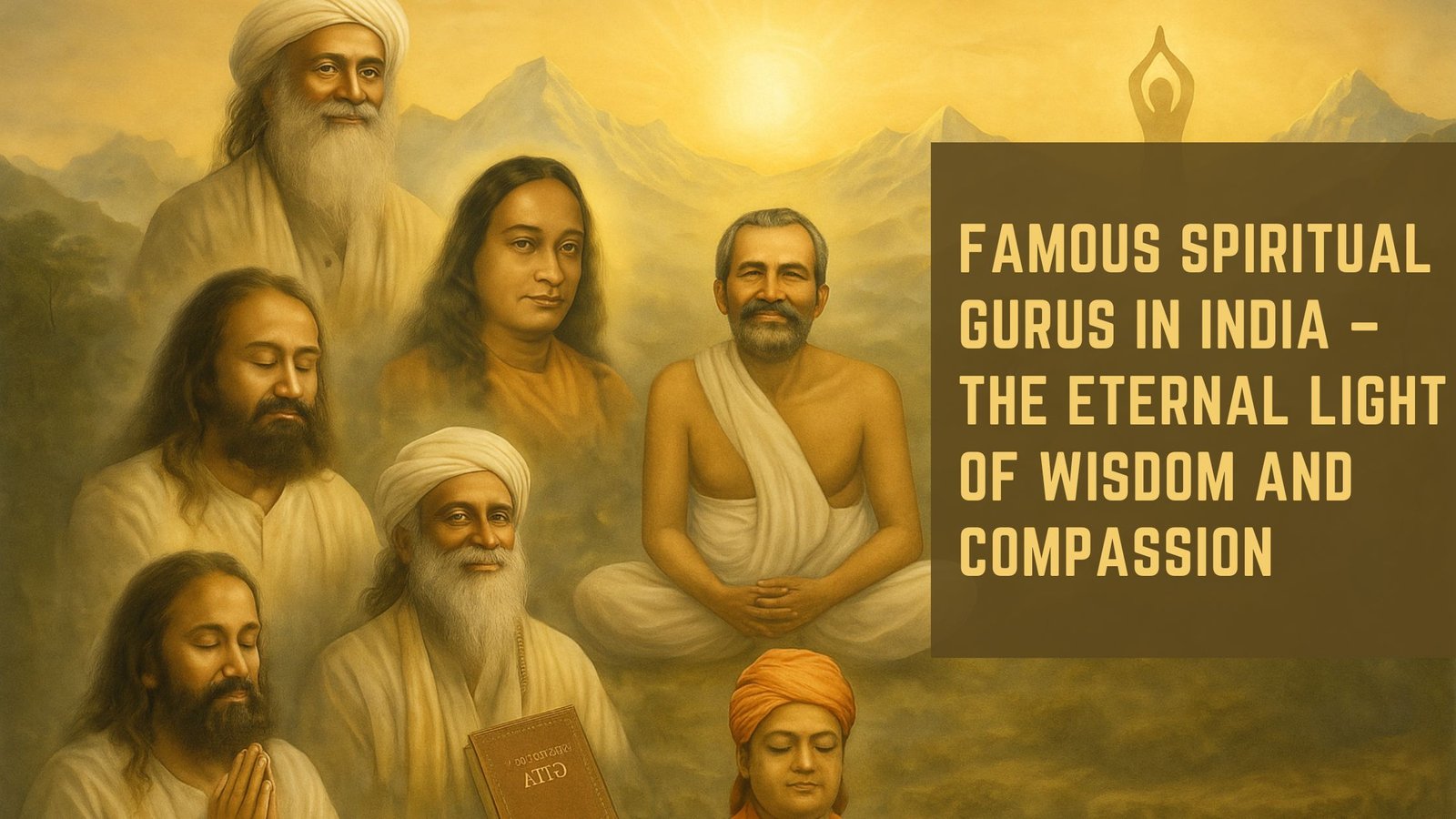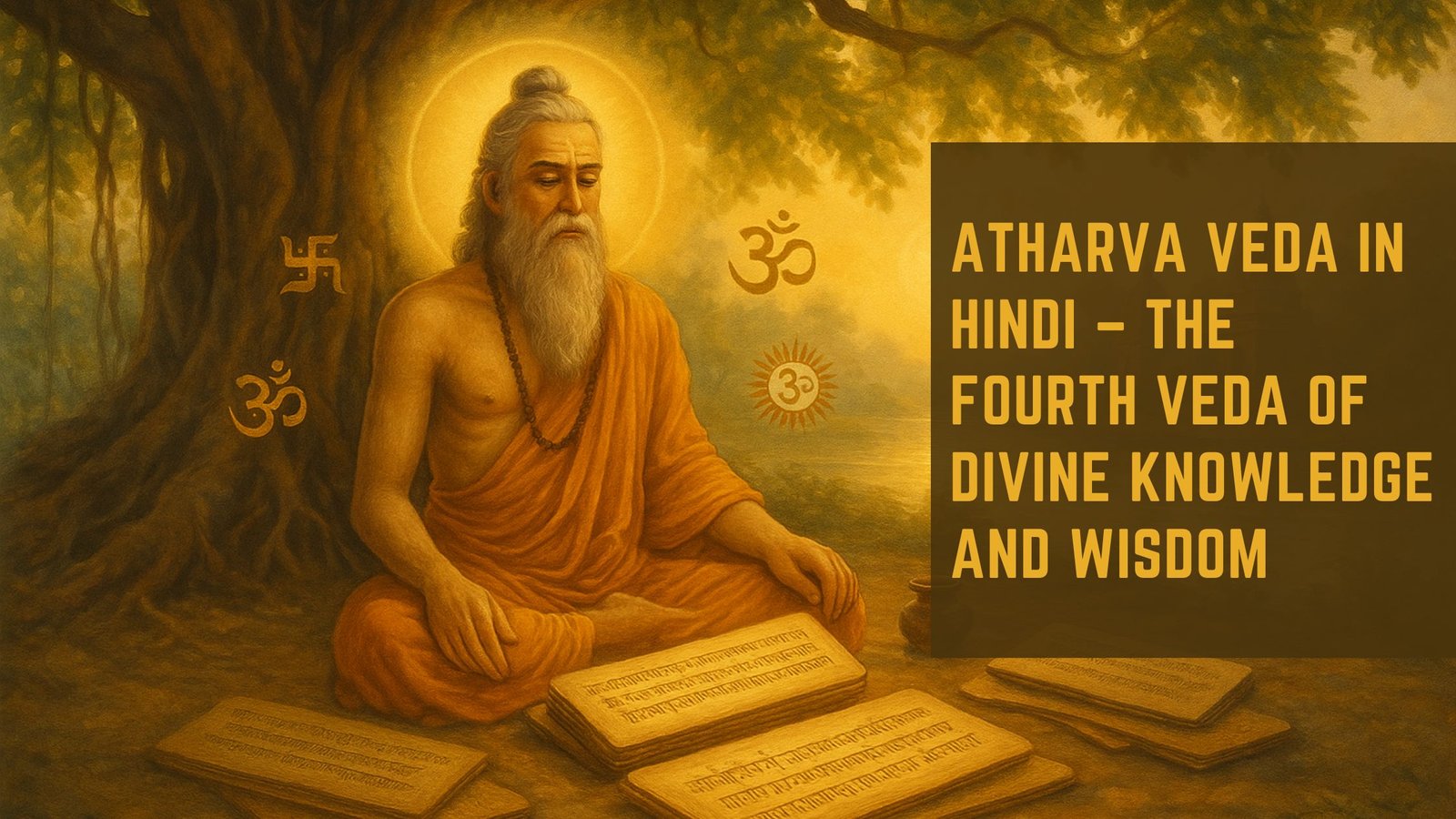नृत्य: आत्मा की अभिव्यक्ति और आध्यात्मिक मुक्ति का मार्ग
What is Nritya (नृत्य)?
Nritya, or Dance, is not just an art form but a divine expression of the soul. In Indian culture, dance is considered a form of spiritual practice, offering devotion to the Divine and seeking connection with the higher self. Rooted deeply in spirituality, Nritya (नृत्य) has been a part of our ancient traditions, mentioned in the Vedas and Puranas.

नृत्य (Nritya) केवल शारीरिक कला नहीं है, यह आत्मा की अभिव्यक्ति है, जिससे हम ईश्वर से जुड़ते हैं। भारतीय संस्कृति में नृत्य को केवल मनोरंजन के रूप में नहीं, बल्कि आध्यात्मिक साधना और भक्ति का एक रूप माना गया है।
Spiritual Significance of Nritya (नृत्य)
In India, Nritya has always had a deep spiritual connection. Classical dance forms like Bharatanatyam, Kathak, Odissi, and others are seen not only as cultural performances but also as methods of worship and devotion to the Divine. Nrutya (नृत्य) helps transcend the ego and connects the dancer’s soul to the universal consciousness.
भारतीय शास्त्रीय नृत्य जैसे भरतनाट्यम, कथक, ओडिसी आदि नृत्य रूप केवल एक कला नहीं, बल्कि आध्यात्मिक साधना के रूप में देखे जाते हैं। इनमें प्रत्येक मुद्राएँ, भाव और ताल दिव्य प्रेम और भक्ति का प्रतिनिधित्व करती हैं।
Lord Nataraja: The Divine Dancer
Lord Shiva, as Nataraja (The Lord of Dance), represents the cosmic dance of creation, preservation, and destruction. His dance, the Tandav, symbolizes the cycle of life, showing how dance reflects the universal laws of creation.
भगवान शिव, जिन्हें नटराज के रूप में पूजा जाता है, नृत्य के माध्यम से सृष्टि, पालन और संहार के कार्यों का प्रतिनिधित्व करते हैं। उनका तांडव नृत्य ब्रह्मांड की गति को दर्शाता है।
Types of Classical Nritya (नृत्य) Forms
There are various Indian classical dance, and each one is unique in its expressions and spiritual significance.
- Bharatanatyam (भरतनाट्यम)
Originating from Tamil Nadu, Bharatanatyam is a graceful dance form that combines storytelling with rhythmic footwork, dedicated to worshipping the Divine.
भरतनाट्यम एक शास्त्रीय नृत्य है जो तमिलनाडु से उत्पन्न हुआ। यह नृत्य राग, ताल और भावनाओं का समागम है, जो ईश्वर की भक्ति को दर्शाता है। - Kathak (कथक)
Kathak is a dance of storytelling, originating in Northern India. This form is often devoted to tales of Lord Krishna and focuses on intricate footwork and expressions.
कथक एक कथा आधारित नृत्य है, जो उत्तर भारत से उत्पन्न हुआ है। यह भगवान श्री कृष्ण की लीलाओं का वर्णन करता है और इसके द्वारा नृत्य के माध्यम से प्रेम और भक्ति व्यक्त की जाती है। - Odissi (ओडिसी)
Odissi is a graceful dance from Odisha that is deeply tied to temple worship. It celebrates the love between Radha and Krishna and is known for its fluid movements.
ओडिसी ओडिशा का शास्त्रीय नृत्य है, जो मंदिरों में भक्ति का एक रूप है। यह राधा- कृष्ण के प्रेम को दर्शाता है और इसकी भावनात्मक अभिव्यक्ति अत्यंत प्रभावशाली होती है।

Nritya (नृत्य) as a Path to Devotion and Liberation
Nritya is not just a form of entertainment, but a way of expressing devotion and connecting with the Divine. It is believed that when we dance in praise of the Divine, our souls transcend worldly attachments and become one with the Supreme.
नृत्य केवल मनोरंजन का साधन नहीं, बल्कि ईश्वर के प्रति भक्ति और आत्म-संयोग का मार्ग है। जब हम नृत्य के माध्यम से ईश्वर की स्तुति करते हैं, तो हमारा आत्मा सांसारिक बंधनों से मुक्त होकर परमात्मा से मिल जाता है।
The Role of Nritya (नृत्य) in Modern Times
In today’s world, Nritya (नृत्य) has taken on new forms. It is used in yoga, therapy, and even meditation to enhance mental and spiritual well-being. More people are turning to dance as a way to connect with themselves and achieve inner peace.
आजकल, नृत्य को केवल कला के रूप में ही नहीं, बल्कि शारीरिक और मानसिक स्वास्थ्य के लिए भी अपनाया जा रहा है। योग, ध्यान और कला चिकित्सा में नृत्य का प्रयोग आत्म शांति और मानसिक स्वास्थ्य के लिए किया जा रहा है।
Conclusion: Nritya (नृत्य) as a Divine Expression of the Soul
Nrutya (नृत्य) transcends the boundaries of just a performance. It is a divine form of expression that helps the soul connect with the Divine. Whether through Lord Shiva’s Tandav or the dance of love by Radha and Krishna, Nritya is a spiritual practice that brings peace, devotion, and ultimate liberation.

नृत्य केवल एक प्रदर्शन नहीं, बल्कि आत्मा की दिव्य अभिव्यक्ति है। यह ईश्वर से संपर्क का एक साधन है और हमारे जीवन में शांति, भक्ति और मुक्ति लाने में मदद करता है।
🔍 People Also Ask:
- What is the spiritual significance of Nrutya (नृत्य) in Hinduism?
- How does Nritya (नृत्य) help in spiritual awakening?
- What are the different forms of classical Nritya (नृत्य) in India?
- Why is Nritya considered a path to devotion and liberation?
Embrace the Divine Dance of Life
As we have explored, Nritya (नृत्य) is not just a form of expression but a path to spiritual awakening and connection with the Divine. Whether through classical dance or in the rhythm of daily life, dance teaches us valuable life lessons of discipline, surrender, and devotion. If you found inspiration in this article, we invite you to dive deeper into the teachings of the Bhagavad Gita and explore how its essence can transform your life. Visit our Essence of the Gita for more spiritual wisdom and guidance on your journey toward Self Awareness.

